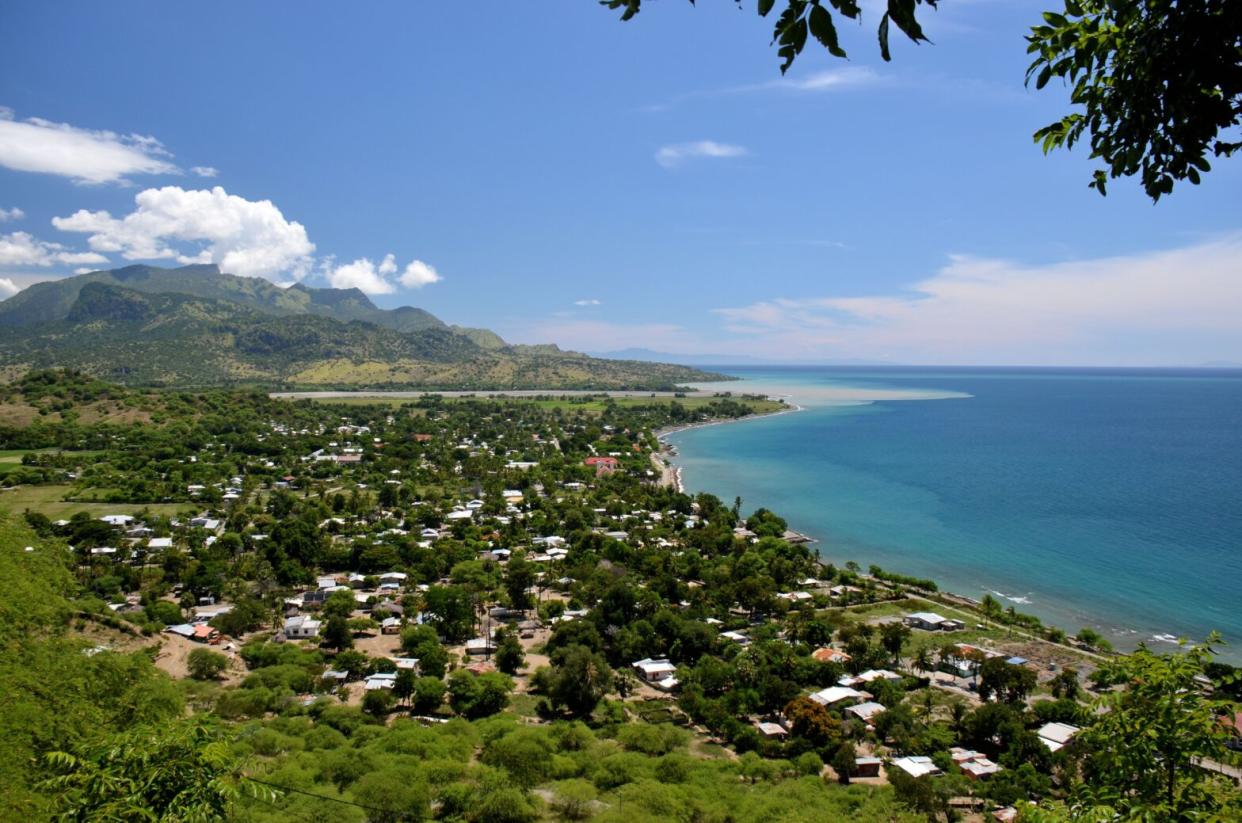One Of The World’s Youngest Countries Is On The Rise As The Next Tourist Destination

East Timor, a small Southeast Asian nation, is one of the least-visited countries in the region. However, it has the potential to emerge as a popular tourist destination soon. With its stunning natural beauty, rich cultural heritage, and a unique blend of Portuguese and Indonesian influences, East Timor offers travelers something different from the norm.
A Snippet of East Timor’s History
In the centuries preceding the arrival of Portuguese explorers in the 16th century, East Timor thrived with diverse indigenous cultures and communities, each contributing to the rich tapestry of the region. However, the arrival of Portuguese explorers in the 16th century marked the onset of colonial rule in East Timor. The Portuguese established a presence on the island and introduced Catholicism, which had a significant influence on the local culture.
After declaring independence in 1975, the nation faced an Indonesian invasion, marked by severe human rights abuses. A UN-sponsored 1999 referendum granted East Timor sovereignty. Post-independence challenges included building institutions, addressing the occupation’s legacy, and managing economic issues.
Exploring Dili: The Gateway to East Timor
The capital city, Dili, is an excellent starting point for exploring East Timor. With its mix of colonial architecture, street markets, and a beautiful waterfront promenade, Dili provides a taste of the country’s history and culture. Although infrastructure is still in development, ongoing efforts aim to enhance tourist transportation and facilities. Dili also serves as a convenient hub for accessing other popular destinations, such as the stunning beaches of Atauro Island.
Finding Paradise: Atauro Island and Baucau Region
Atauro Island’s diverse coral reefs and welcoming atmosphere are perfect for beach lovers, swimmers, and hikers. In 2016, researchers from Conservation International discovered that the coral reefs surrounding Atauro have the world’s highest average diversity of reef fish species, earning them the title “most biodiverse” on Earth. The location may not offer an abundance of lodging options, but it is possible to find eco-resorts, such as Atauro Dive Resort. Boat access from Dili can be easily arranged.
The Baucau region showcases East Timor’s rugged landscapes, offering breathtaking views and opportunities for adventurous activities like trekking and rock climbing. Known for its mountains, cascading waterfalls, and lush green valleys, Baucau is a paradise for nature enthusiasts. Local communities warmly embrace visitors, providing an authentic cultural experience through traditional dances, crafts, and delicious local cuisine.
Culinary Delights: East Timorese Fusion Cuisine
East Timor’s local cuisine uniquely blends Indonesian, Portuguese, and Southeast Asian flavors. Popular dishes include ikan pepes (spicy grilled fish), babi kecap (pork cooked in soy sauce), and batar da’an (corn and pumpkin soup). Using fresh ingredients, such as coconut milk, spices, and tropical fruits, adds a burst of flavor to the dishes.
Coffee Connoisseur’s Paradise: Timor-Leste’s Arabica Beans
East Timor, a country known for its coffee, is experiencing a growing coffee tourism industry. The coffee industry on the island dates back to the colonial era when Portuguese settlers introduced coffee trees. The country’s high-quality coffee beans and stunning plantations aim to attract coffee lovers worldwide.
Coffee plantations offer tours and tastings, and workers are happy to explain the process. After picking, beans are washed, sun-dried, hulled, and ready for roasting, a crucial step in coffee production. Visitors can witness the process firsthand at many of the plantations. The best time to visit is during the harvest season from May to September when visitors can witness the beans being picked and processed.

